Highly Effective Dyslexia Interventions and Programs
This post may contain affiliate links, and I will earn a commission if you purchase through these links. Please read the disclosure policy for more details.
With dyslexia being estimated as occurring in 1 out of 5 students in a typical classroom, you might be looking for some effective dyslexia interventions and programs.
Before explaining strategies you can use to help dyslexic students, you should really understand dyslexia. It is a language-based learning disability that will require a multisensory, structured language approach. This article from the International Dyslexia Association is a great starting point.
If you have a student or child with dyslexia, you will likely notice some of the following:
- difficulty with reading comprehension
- difficulty decoding words
- poor memory
- difficulty with spelling
- difficulty with expressive language
- poor handwriting
- difficulty with math facts and operations
- average to high level of intelligence
- gifted in other areas
As you can see, the effects can manifest in a variety of ways and at different severities. The good thing is that using a multisensory, structured approach to teaching reading and writing works for ALL struggling readers.
SCIENCE OF READING QUICK START GUIDE
Grab your FREE guide with the 5 tools you need to get started with SOR!
*Most school spam filters block my emails, so please use a personal email.

As an experienced dyslexia tutor and special education teacher, I have received specialized training to teach students with dyslexia using multisensory and structured programs. There are several strategies and methods these programs use that you can use along with your current curriculum.
Dyslexia Interventions
Have a structured approach that provides extensive practice using controlled decodable texts.
This means teaching things in an order that builds on previously learned material. You would think that all curricula already do this but if you examine them they do not.
Students with dyslexia need to learn new sounds/phonograms and spelling patterns one at a time. You cannot teach the long /o/ sound by including o-e, oa, oe, and ow at the same time. That is too confusing for dyslexic students. You can only do one at a time. Then, you can continue to practice by making sure future texts include the exact sounds already learned, and nothing that has not been explicitly taught. That is the part that is the most difficult to control.
I have seen many early learning texts which will say they focus on a certain sound, for example, short /a/. But when you start to read, you find other vowel sounds and complex multi-syllabic words that an early reader has not learned yet. Using decodable texts is critical to reading success.

Use multisensory methods to explicitly teach new content.
This goes for letters, sounds, spelling patterns, grammar, even math. It’s easier with phonics to make things multisensory but you can find ways to integrate multiple senses into any activity.
Some ideas include:
- color coding & highlighting
- using movement
- using songs and music
- textured writing
- learning games
It is important to present new ideas in ways that use multiple senses, as this is the most effective way for students with dyslexia to learn new material. This post explains multisensory teaching and provides many examples.
Work on phonemic awareness.
Most dyslexics have a severe deficit in phonemic awareness. I have a post all about phonemic awareness activities for struggling readers that’s full of multisensory ideas.
Even if the student is in high school, if they are having trouble decoding words at all then you need to go back and work on phonemic awareness skills.
Download my free Elkonin box template which can be used in many ways to practice phonemic awareness.
Teach spelling patterns and syllables.
But remember to teach each one in isolation and provide extensive practice.
Most students naturally acquire these rules but struggling readers need to be explicitly taught. This falls under the phonological awareness umbrella and is so important to include in your curriculum. See this phonemic awareness post for some ideas that can help in this area.
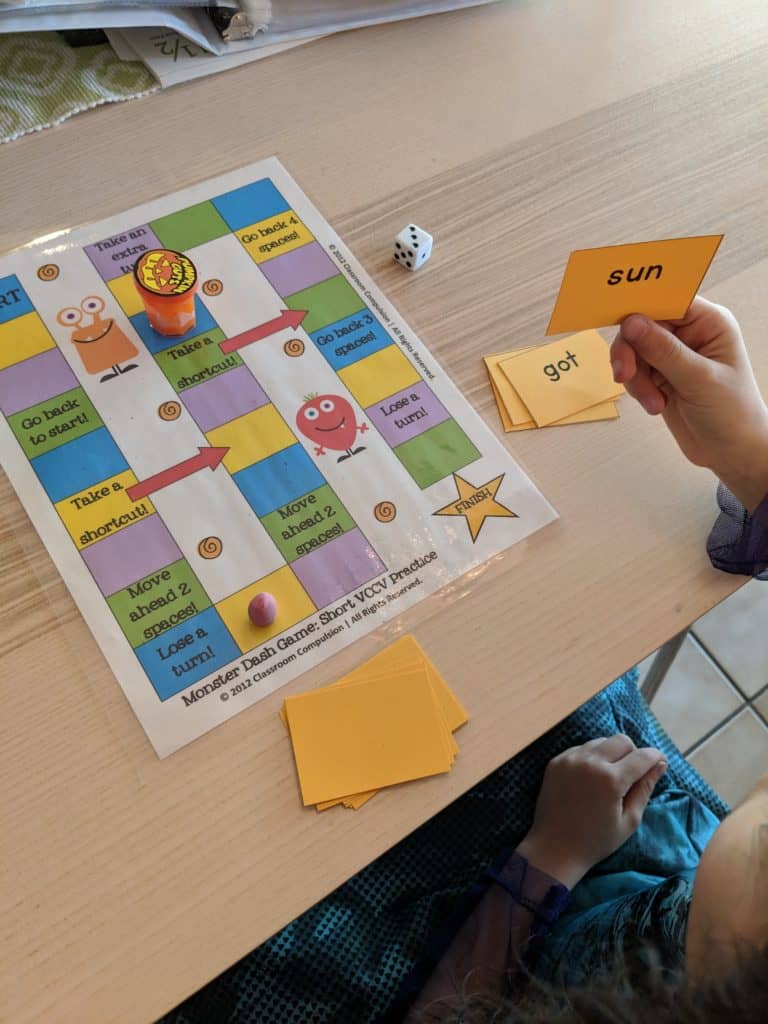
Provide a tracking aide.
For students who make errors while reading like omitting and skipping words or substituting words, or for those who get lost while reading, provide a tracking aide.
I try to get my students into the habit of using their finger or pencil as they read. It really makes a significant difference as they don’t lose their place and are forced to focus on the word they’re pointing to.
It also helps them self-correct. They can often notice their own mistakes as the word they produce will not match what they’re pointing to.
For students who resist using their pencils or fingers, I give them a large index card or reading guide. For students who need a little more encouragement or younger students, a decorated popsicle stick works really well. Anything that gets them to focus that they can use to track their reading will work.

Use audiobooks to teach reading comprehension when using books above their reading level.
I always recommend this to parents when students are required to read a certain book that is above their actual reading level. This is usually the case with novels the whole class reads together.
Just because they are listening to the book doesn’t mean they aren’t gaining any reading skills. Just be sure they are pointing as they read and focus on comprehension skills instead of phonics. You can’t teach a student how to read using a text above their reading level anyway. And comprehension skills can be taught without ever reading a word.
Teach them how to visualize.
Since students with dyslexia will often struggle with comprehension, improving their ability to visualize is the best way to increase their comprehension.
This needs to be explicitly taught and will take some time and lots of practice. Check out this post to see how I teach visualization to struggling readers which can improve their comprehension across all subjects.
Dyslexia Teaching Resources
Check out the following websites for dyslexia teaching resources:
- The International Dyslexia Association
- Florida Center for Reading Research
- Reading Rockets Dyslexia Resources
- Yale Center for Dyslexia & Creativity
I also strongly recommend the following books:
- Overcoming Dyslexia
- Multisensory Teaching of Basic Language Skills
- How to Teach Spelling
- Uncovering the Logic of English: A Common-Sense Approach to Reading, Spelling, and Literacy
Dyslexia Programs
Programs that have been designed using a multisensory, structured language approach include Orton-Gillingham, Barton, Wilson, Lindamood-Bell, Logic of English, Reading Horizons, and All About Reading. These vary in cost and user-friendliness.
There are other resources that were created using these strategies that can be used to supplement any curriculum, such as Blast Off to Reading and Explode the Code. Alternatively, you could search for Orton-Gillingham resources on Teachers Pay Teachers to supplement any curriculum with multisensory activities, like the products I have created.
Dyslexia Training
Some of the programs mentioned above provide training and certification to use their programs effectively. Most are expensive and some have requirements but the training is so amazing it is worth it. I will link below to some of the options available.
- Institute for Multi-sensory Education
- Center for Effective Reading Research
- Lindamood-Bell Learning Processes
- Academy of Orton-Gillingham Practitioners and Educators
Want to remember this? Save Highly Effective Dyslexia Interventions and Programs to your favorite Pinterest board!

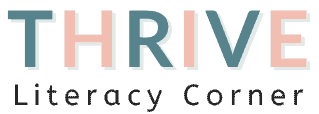
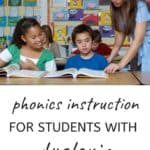
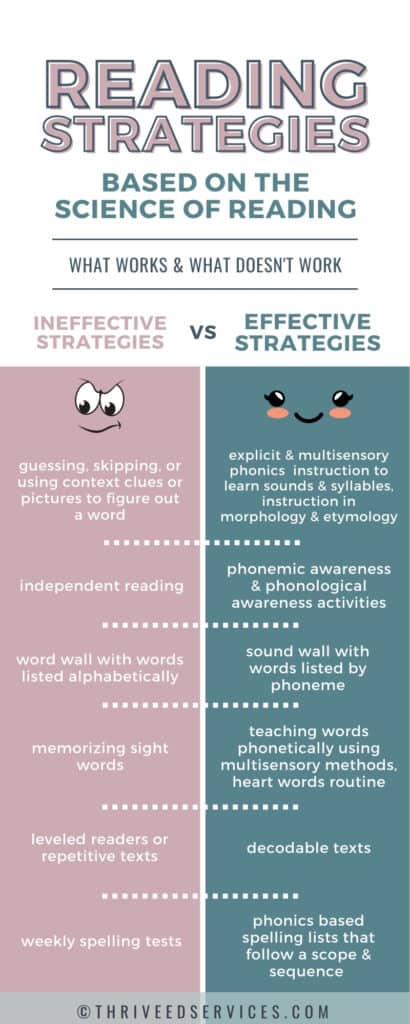
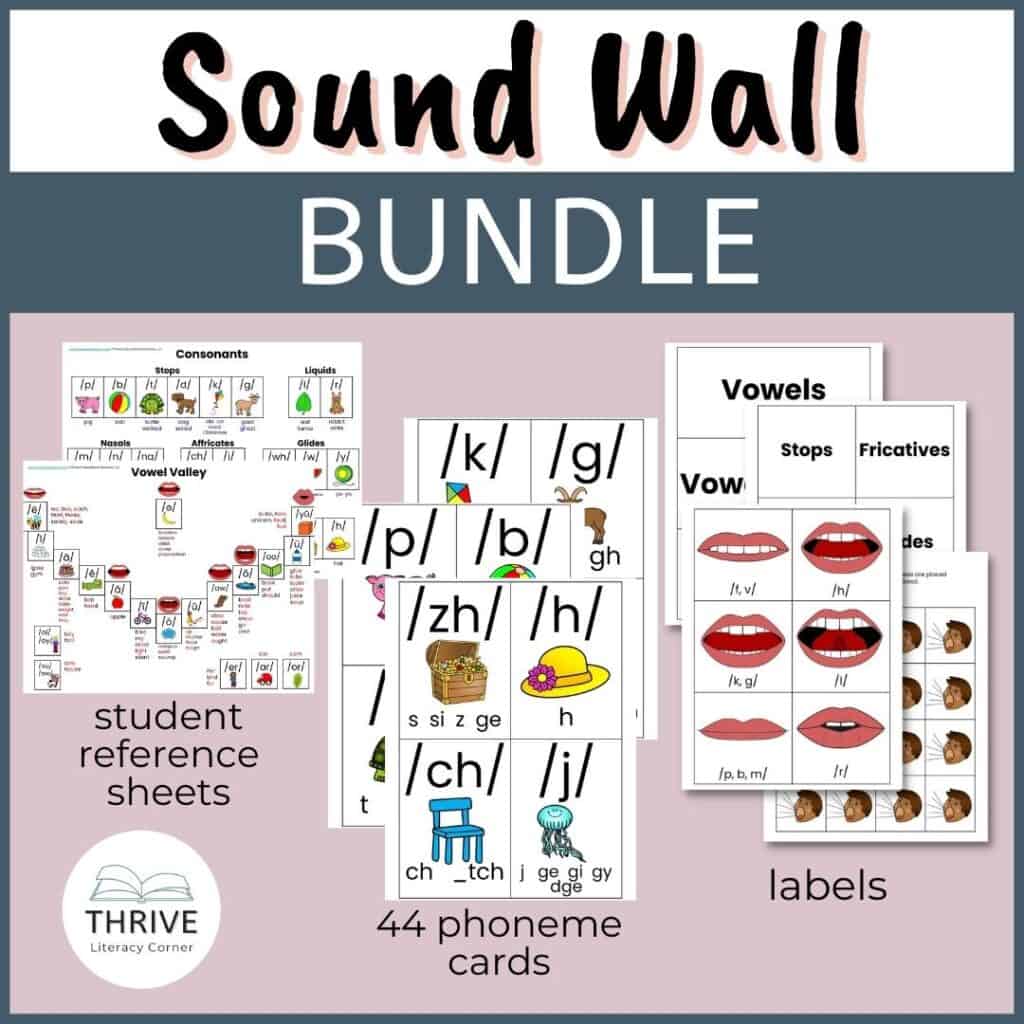
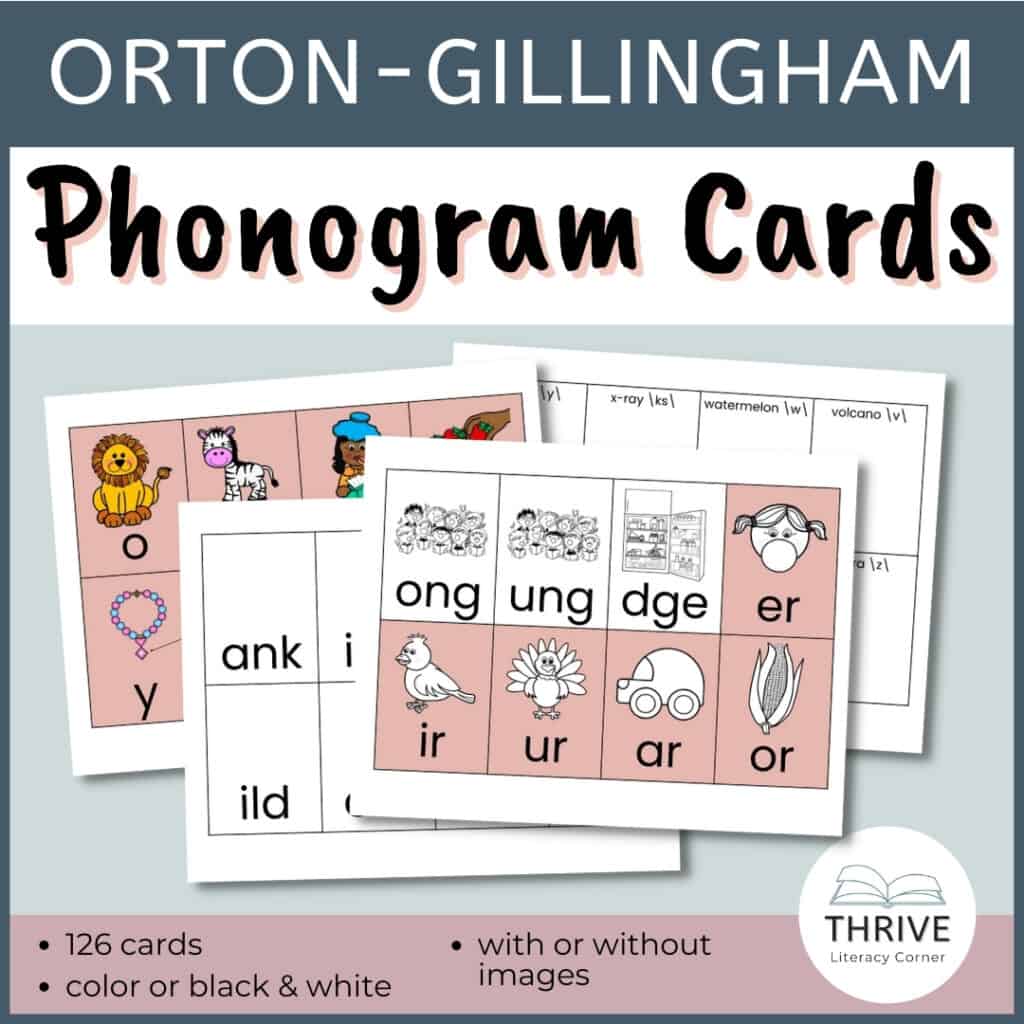
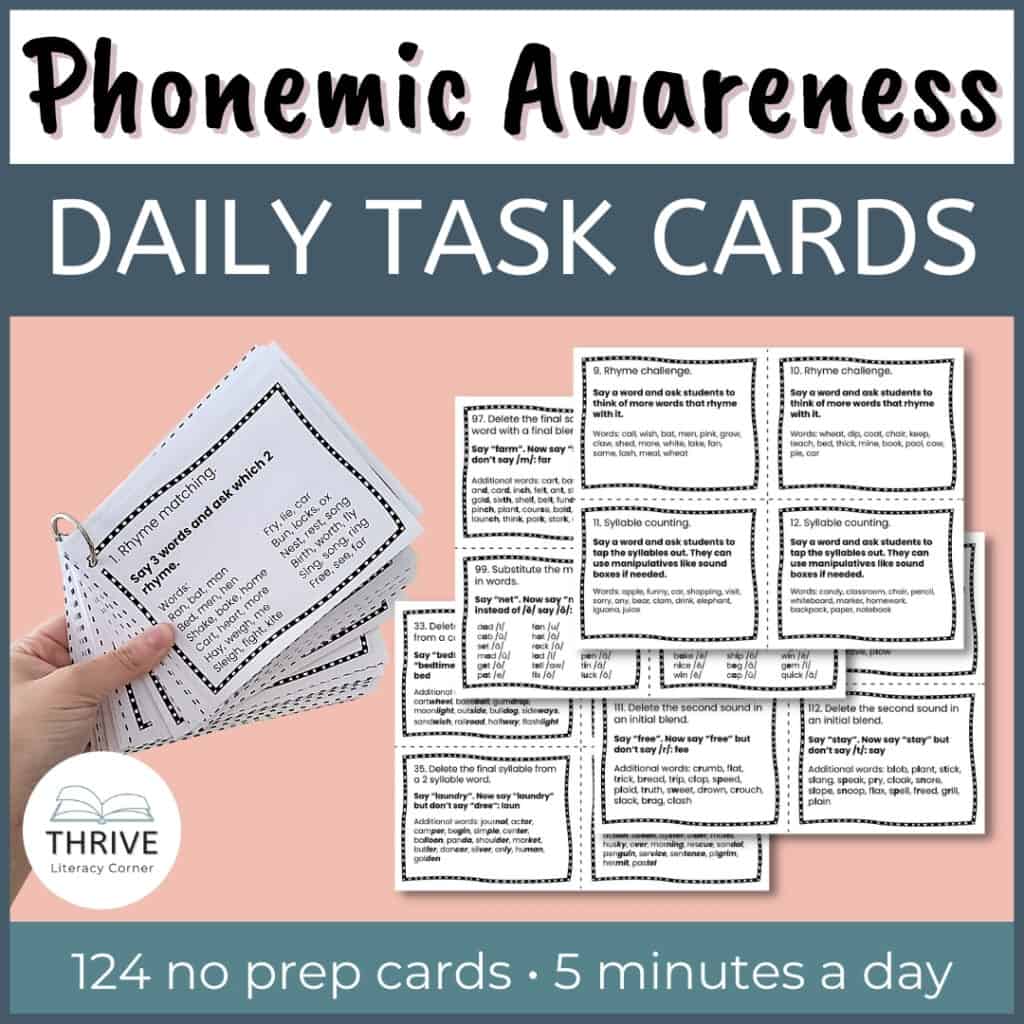
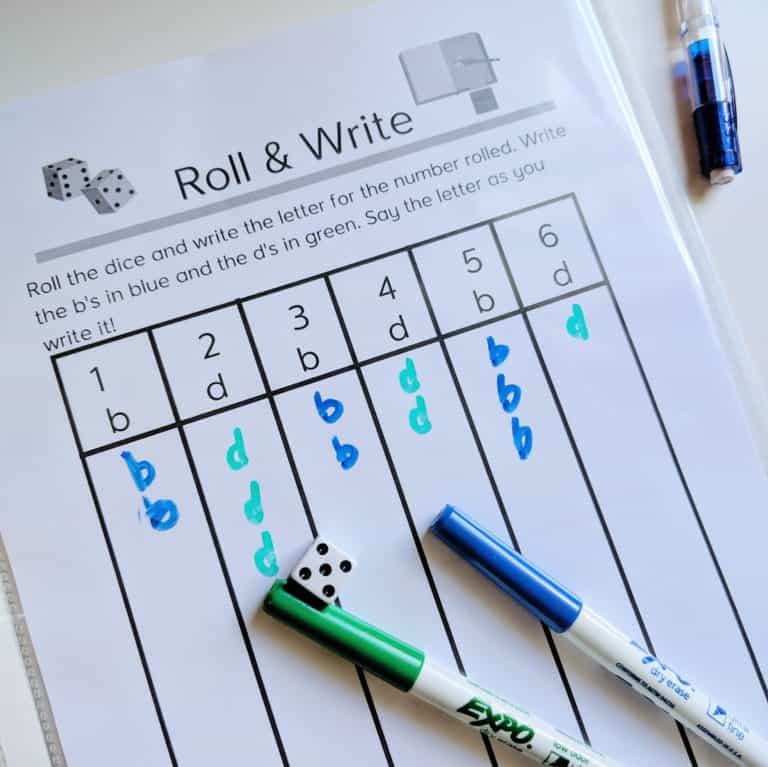
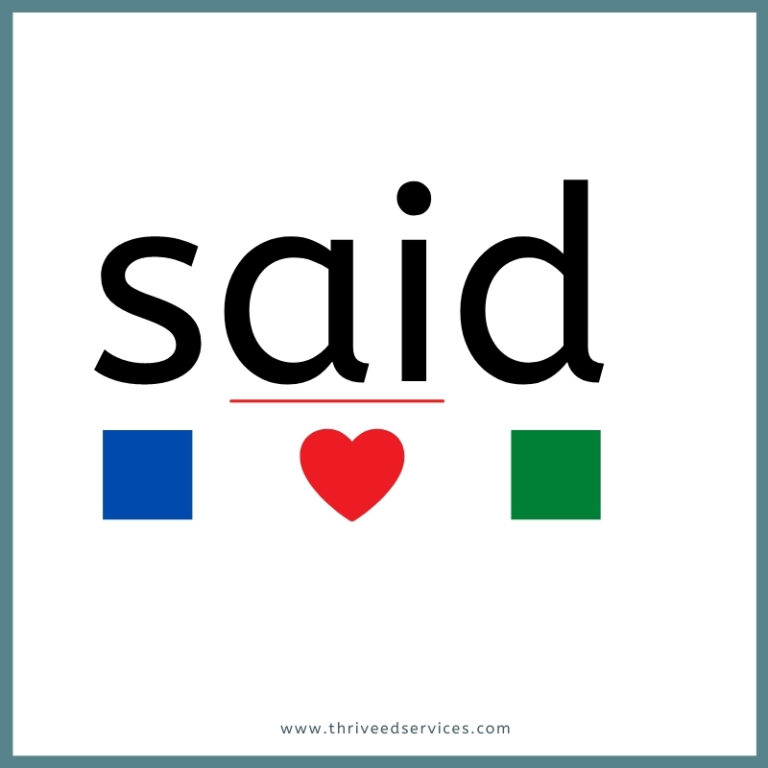

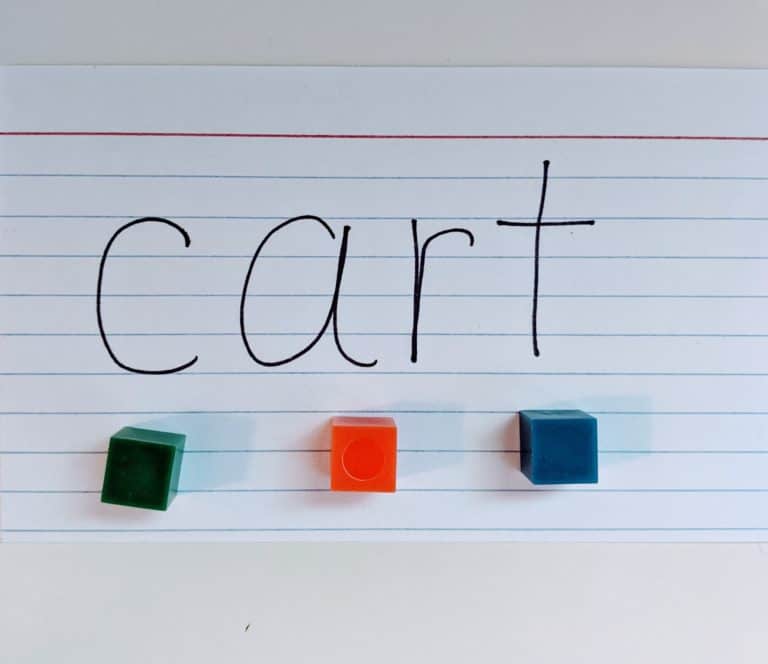
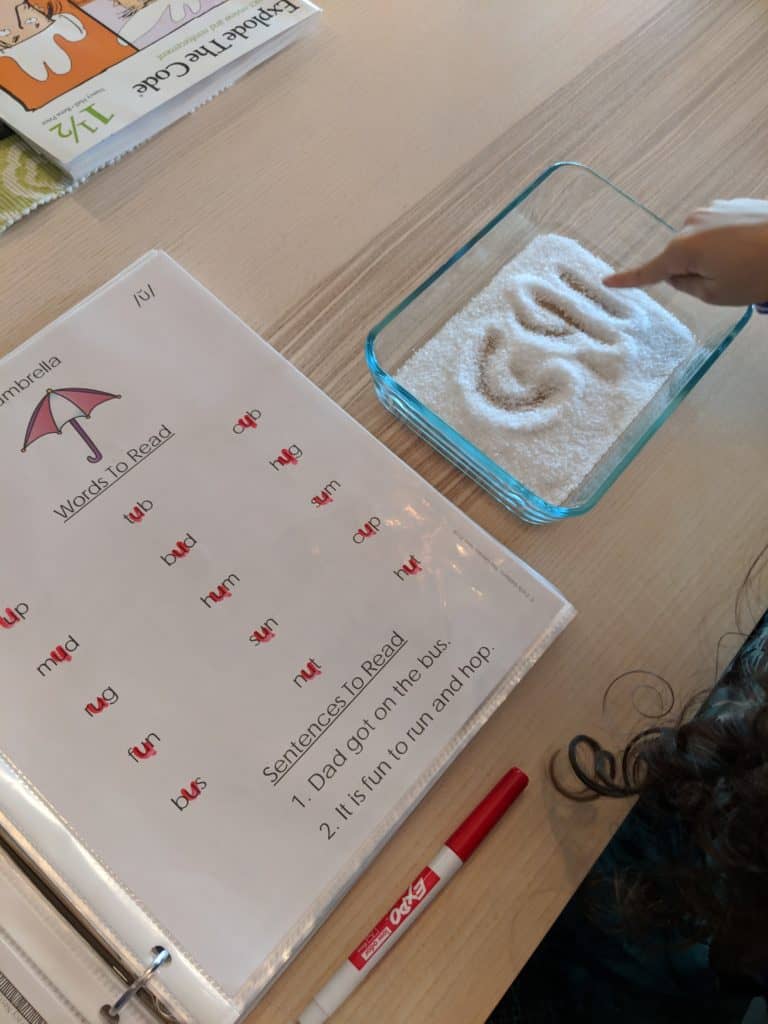
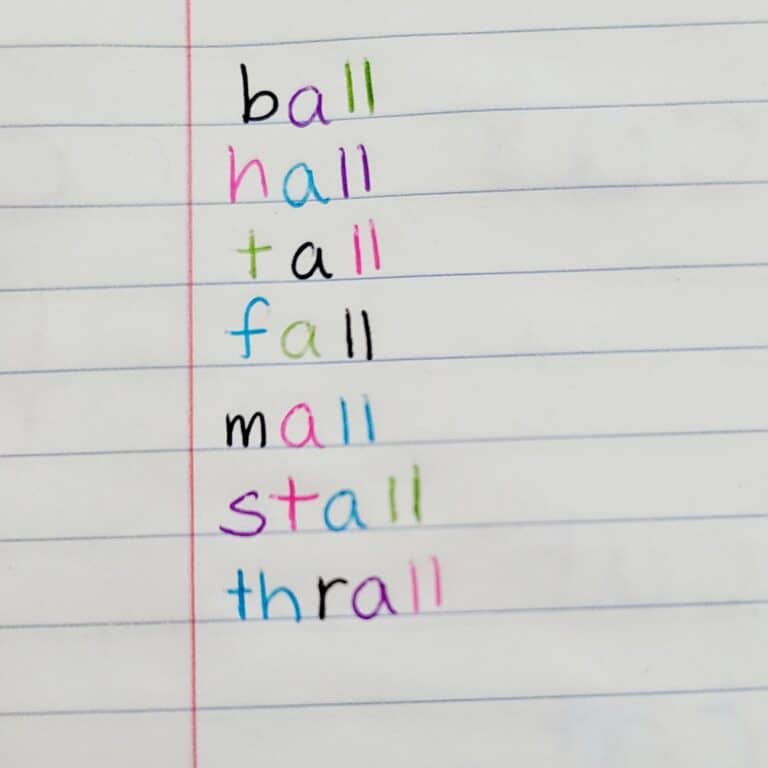
So many great tips and strategies here! Thank you for this article with excellent resources.
The tip about using a tracking aid is spot on for so many with dyslexia. At the same time, since a significant number is dyslexics also are challenged with ADHD, an even more supportive tool is available—- both in physical & digital versions. The Reading Focus Cards handheld tools and it’s companion desktop app can effectively assist these readers (and others) like no other tools available.
For more info on these innovative & customizable reading aids, consider visiting https://www.focusandread.com/.
Thanks again for another great article!
Thanks Joan. This looks like a great product!
My daughter struggles with reading. I am a teacher and I am trying all strategies to help her thrive. I am going to have her tested. I need some professional advice on what to do. I took her to her pediatrician, so gave me the packet to have her referred for testing.
Im trying to use somenof your strategies in addressing dyslexia of my grandchild praying itnis effective in her case will inform you about the improvement soon and maybe give some ideas i discover as i go through it.
Hi Marites. I hope the strategies are working and you are seeing improvement. Wishing you luck & strength! -Delilah
Hello- I have been asked by a close friend where she might send her high school graduate for a year or two of intense remediation before heading to University. Do you know of any such programs? They are in New Zealand, but she is willing to travel. Thanks for any insight- it’s not something I’ve looked into before.
Amy
Hi Amy. The only program I know of is Lindamood-Bell.
I remember encountering my very first student with Dyslexia and had to look up a lot of resources to help that student in my resource classroom. I am glad that we’re making more resources that are helpful to young readers.